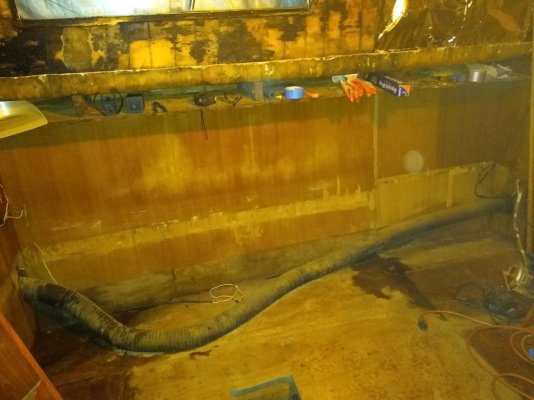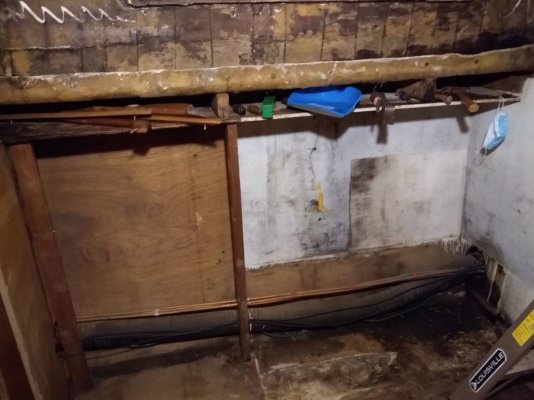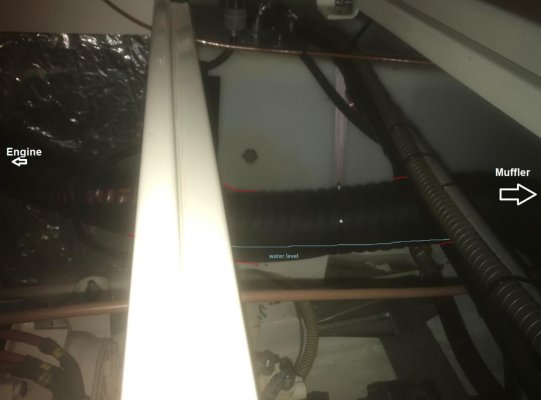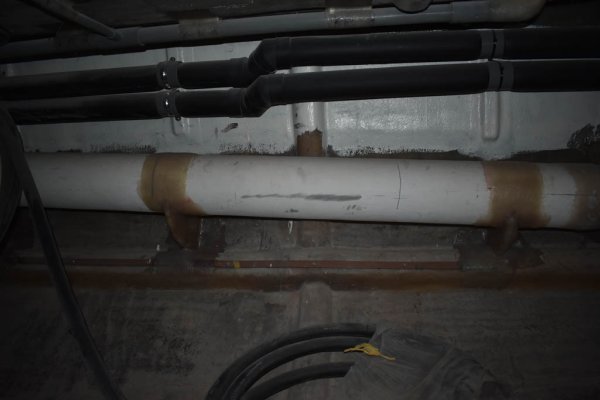TrawlerTed
Member
While rebuilding the rear stateroom I uncovered the exhaust hoses. These hoses sag down between the two bulkheads on either side of the room as seen in these pics (sorry for the quality), between the muffler in the ER and their exit out the transom. In fact, the port side hose is particularly long and snakes around on the floor a bit before it exits. Is there some reason that these hoses need to sag down like this before they exit (perhaps for a water pocket)? Or could they be raised up so that they're essentially level? I was thinking I would at least need to lift them up and drain in order to winterize... otherwise they would take a lot of antifreeze! Thanks for any comments.
- Ted

- Ted




